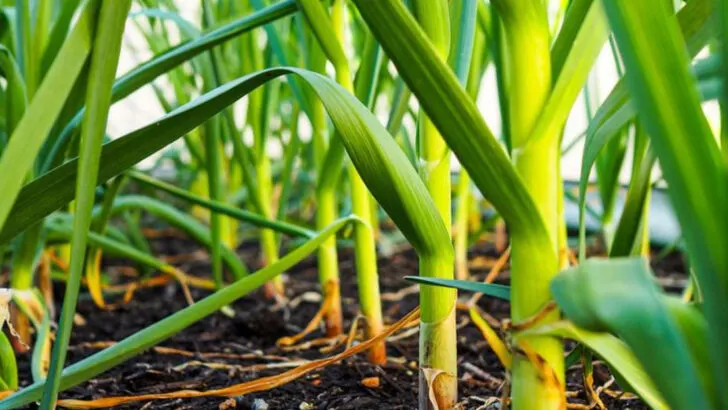Some plants may seem like spring favorites, but experience has taught me that not everything thrives when planted as soon as the weather warms. Over time, I’ve learned which crops consistently underperform in spring—and more importantly, which ones thrive when planted in fall instead.
In this article, I’ll share the 10 plants I’ve stopped planting in spring, and reveal the cool-season alternatives that have brought me better yields, stronger growth, and fewer pests. If you’re looking to maximize your garden’s success and make smarter seasonal choices, these tips could completely change the way you plan your planting calendar.
Tomatoes
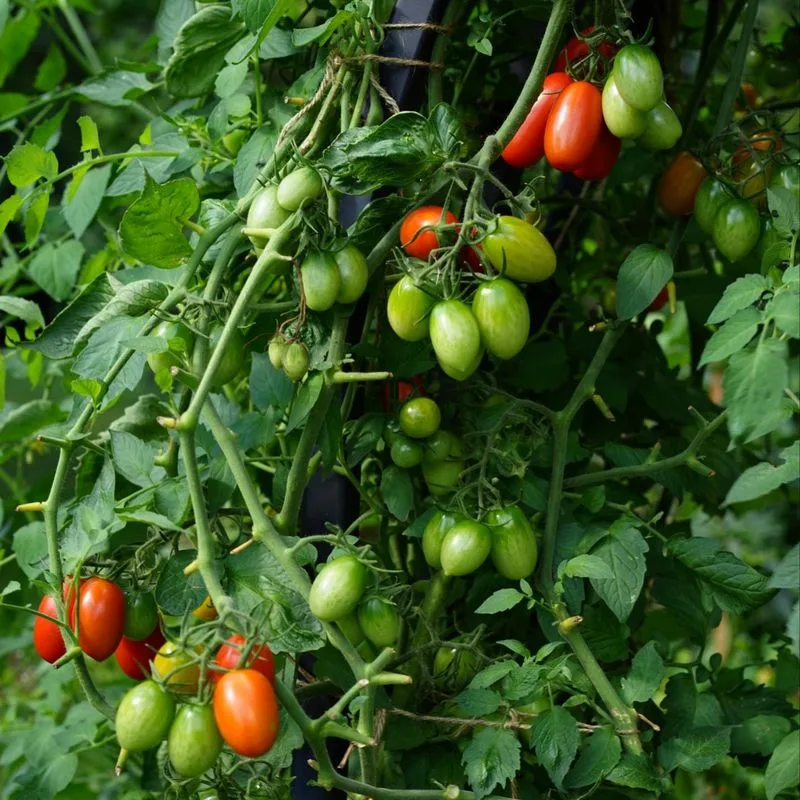
Tomatoes are notorious for their need for sunlight and warmth, but planting them in spring often leads to a race against time before the intense summer heat. Instead, consider sowing them in the fall, which allows for a more controlled environment. Fall offers fewer pests, cooler temperatures, and a gradual introduction to warmth, creating ideal growth conditions. You’ll find that this timing avoids the hurried pace of spring planting and results in juicier tomatoes. Did you know tomatoes were once considered poisonous? Their vibrant red hue was thought to signal danger, not delight, in the 18th century.
Lettuce
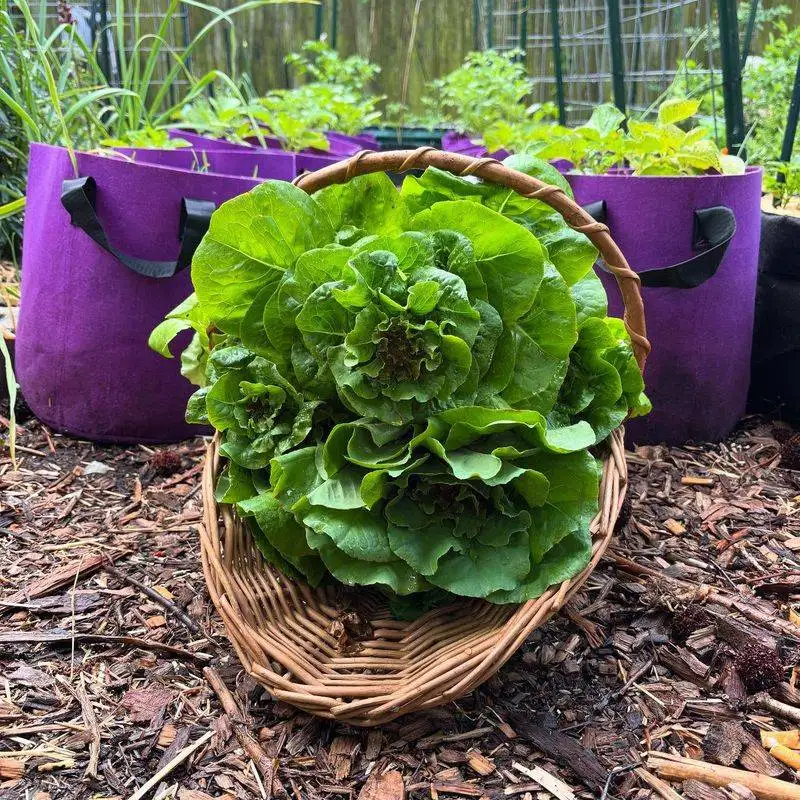
Lettuce, with its delicate leaves, often wilts under the harsh spring sun. Transitioning to fall planting gives lettuce the cool, crisp environment it relishes. This timing means tender leaves without the bitterness that heat can cause. Additionally, fewer pests are a welcome advantage. The fresh, mild temperatures highlight lettuce’s natural sweetness, making salads a true delight. It’s fascinating that lettuce, a staple in many diets, was revered by ancient Egyptians for its supposed aphrodisiac qualities. This leafy green has come a long way from its historical roots to our modern plates.
Peas
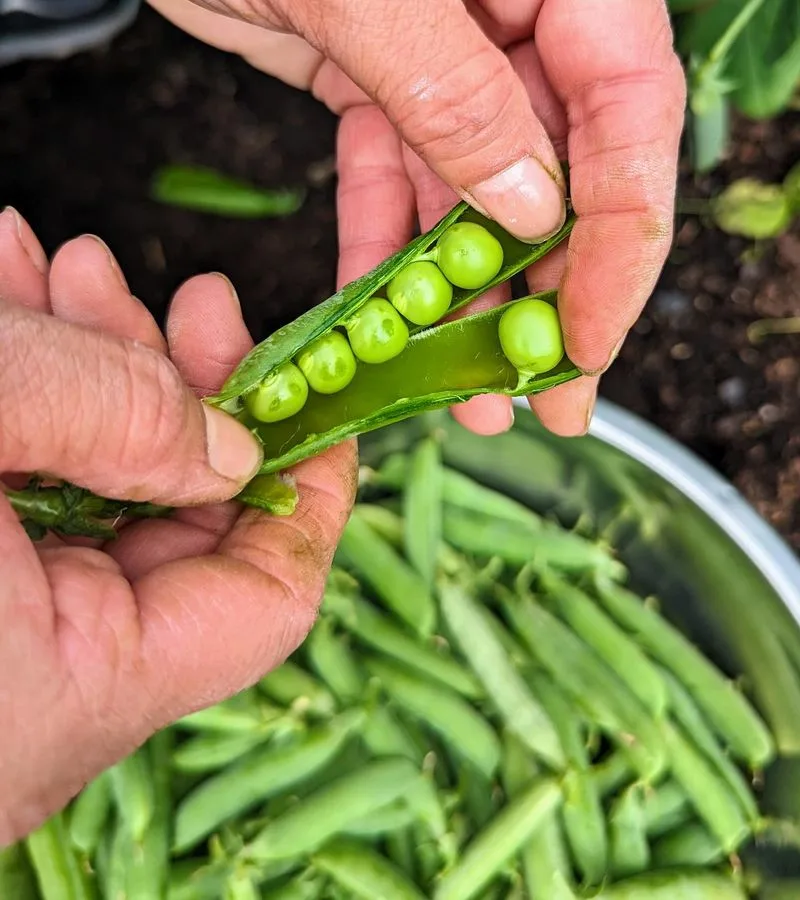
Peas thrive in the cool, moist conditions that fall provides. Spring planting often leaves them struggling in unanticipated heat waves. By planting peas in autumn, you align their growth with their preferred environment, which means healthier vines and more abundant harvests. This approach takes advantage of the fall’s steady temperatures, avoiding the erratic spring climate. Interestingly, the humble pea has a storied history, having been a dietary staple for thousands of years and even featured in Mendel’s genetic experiments. Such a small seed carries a weighty legacy.
Carrots
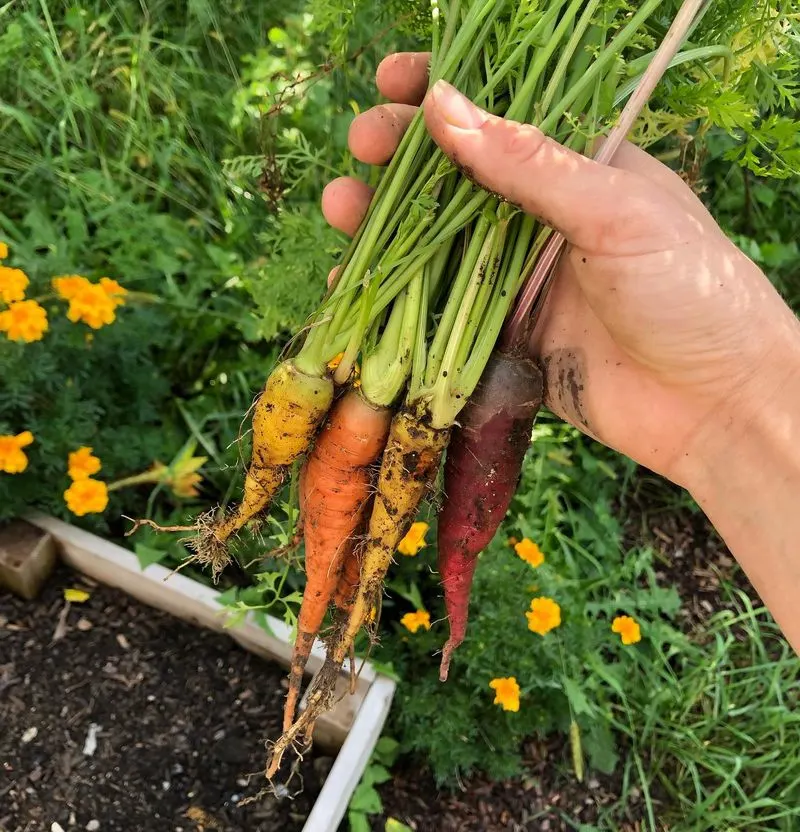
Carrots prefer the rich, cool soil conditions that fall offers. Spring’s unpredictable weather often leads to split roots and uneven growth. Planting in fall takes advantage of the soil’s stable temperature, fostering uniform root development and sweeter carrots. The cooler environment enhances the natural sugars, making them more flavorful. Carrots, originating from Persia, were once purple or white, with orange varieties only appearing in the 17th century. This vibrant color was bred to honor the Dutch royal family, the House of Orange.
Broccoli
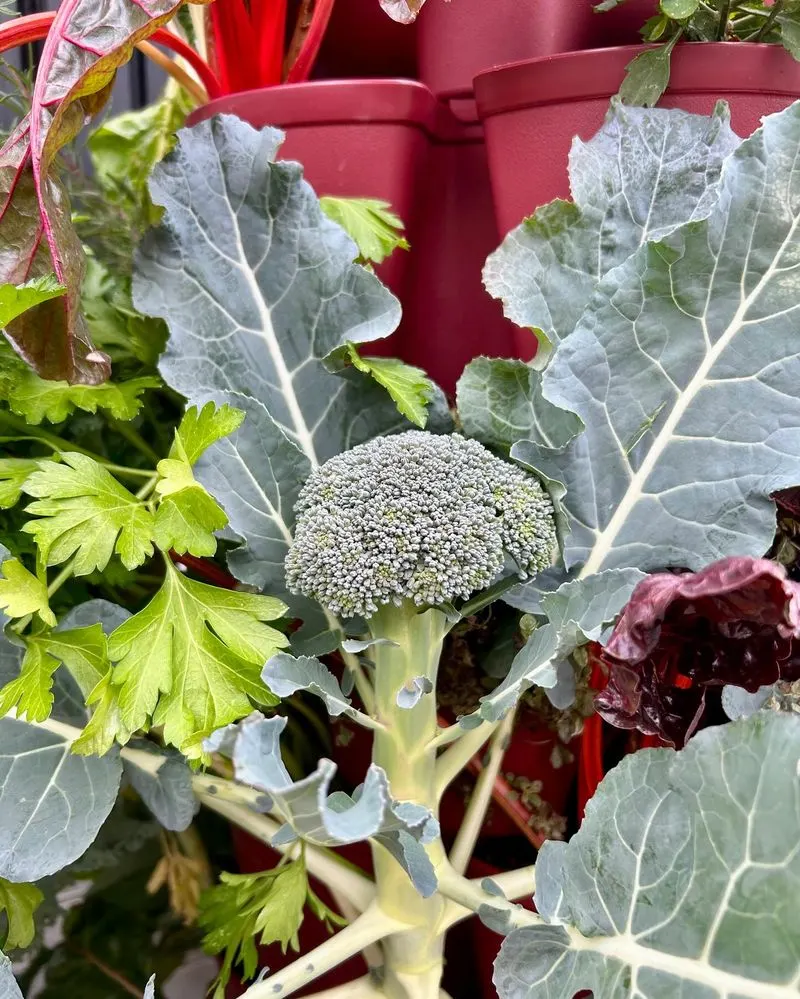
Broccoli’s preference for cooler climates makes fall the ideal time for planting. Spring often rushes the growth, leading to premature bolting. In fall, broccoli enjoys a calm, steady growth period, resulting in more robust heads and richer flavors. The consistent climate reduces the stress on the plant, enhancing its nutritional profile. Broccoli might surprise you with its origin; it’s a product of selective breeding in the Roman Empire, where it was esteemed for its health benefits. This ancient vegetable remains a testament to the ingenuity of early horticulturists.
Spinach
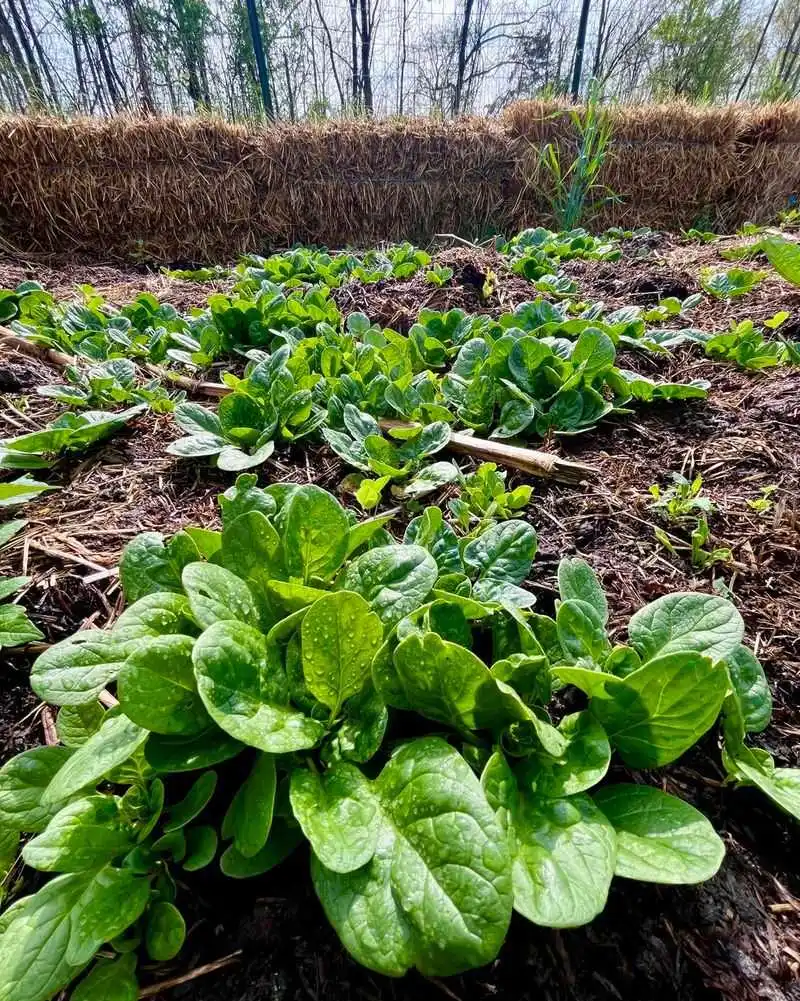
Spinach thrives in the gentle embrace of fall, steering clear of the bolting risk it faces when sown in spring. The cooler temperatures of autumn allow spinach leaves to develop fully with rich flavor and tenderness. This timing ensures a steady growth without the harsh sun’s interference, resulting in a bountiful harvest. Spinach, a nutrient powerhouse, has been celebrated since its Middle Ages introduction to Europe. Its reputation for strength was, in part, popularized by the Popeye cartoons, turning this leafy green into a cultural icon.
Garlic
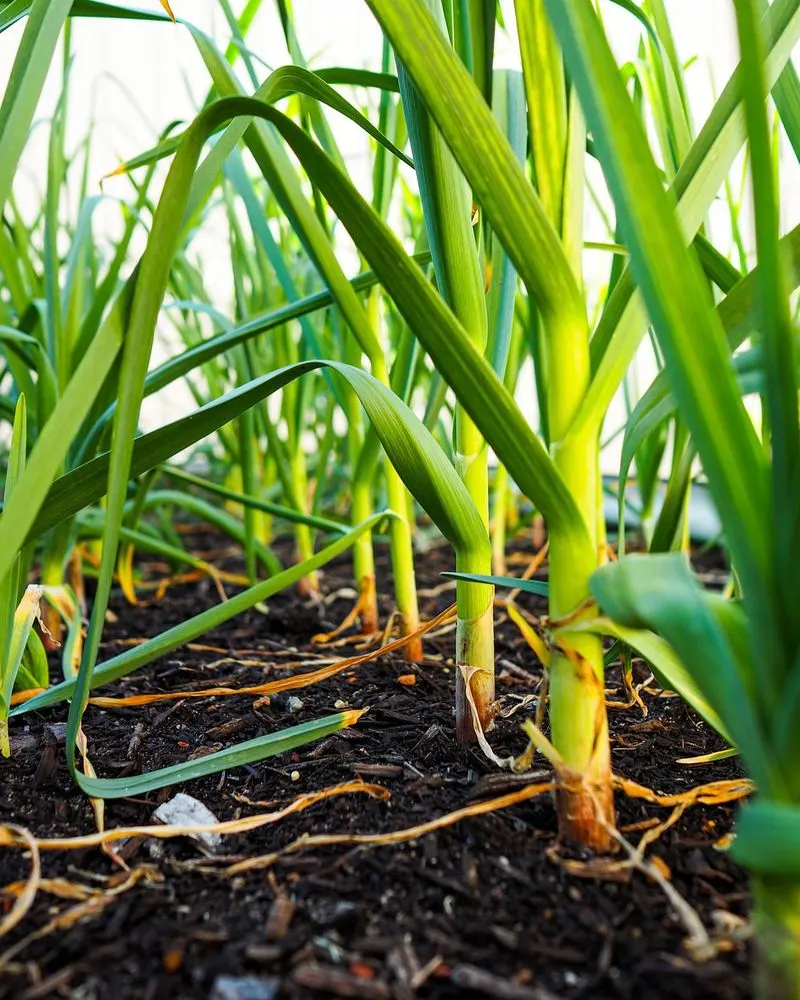
Planting garlic in the fall sets the stage for a robust spring harvest. Spring planting often misses the chill garlic needs to develop strong cloves. The cold winter months encourage root growth, leading to a more vigorous plant. Garlic, revered for its culinary and medicinal use, has a rich history dating back to ancient Egypt and China. This versatile bulb has crossed cultures, contributing its distinctive flavor to numerous traditional dishes worldwide. By planting in fall, you harness the seasonal rhythm that garlic naturally follows.
Brussels Sprouts
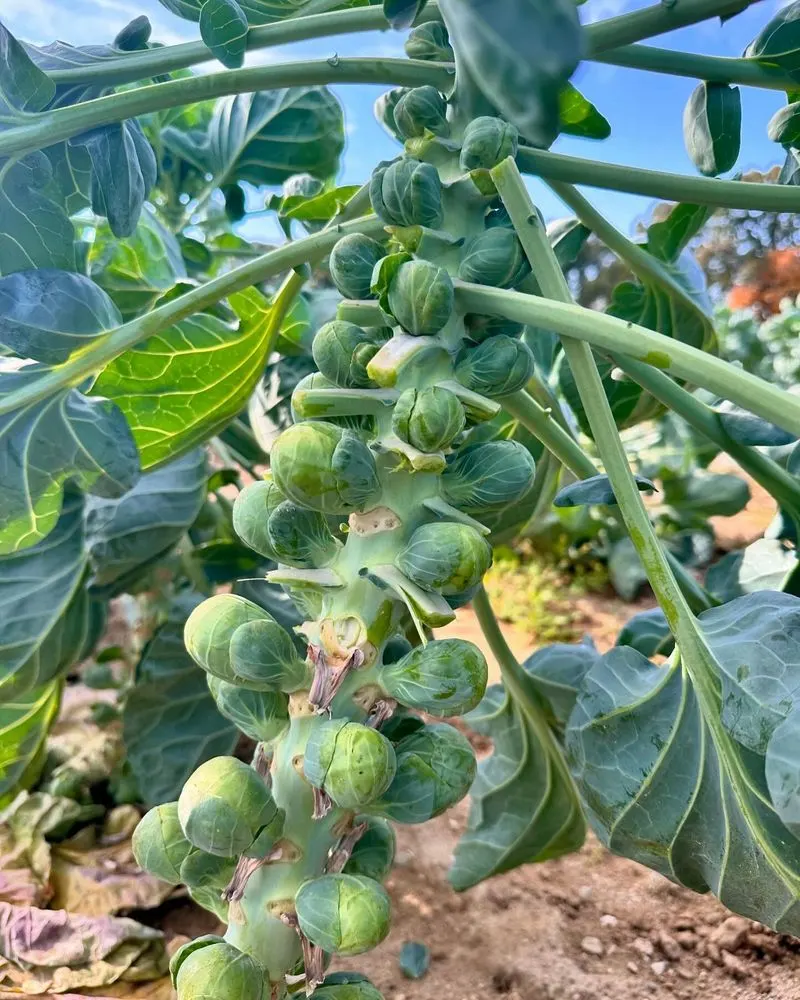
Brussels sprouts, with their compact heads, benefit greatly from fall planting. Spring planting often results in smaller, less dense sprouts due to the fluctuating temperatures. Autumn offers a stable climate, allowing these miniature cabbages to mature fully. The result is a richer taste and a satisfying crunch. Did you know Brussels sprouts were cultivated as early as the 13th century? Their long-standing presence in European cuisine is a testament to their enduring appeal and nutritious value.
Cauliflower
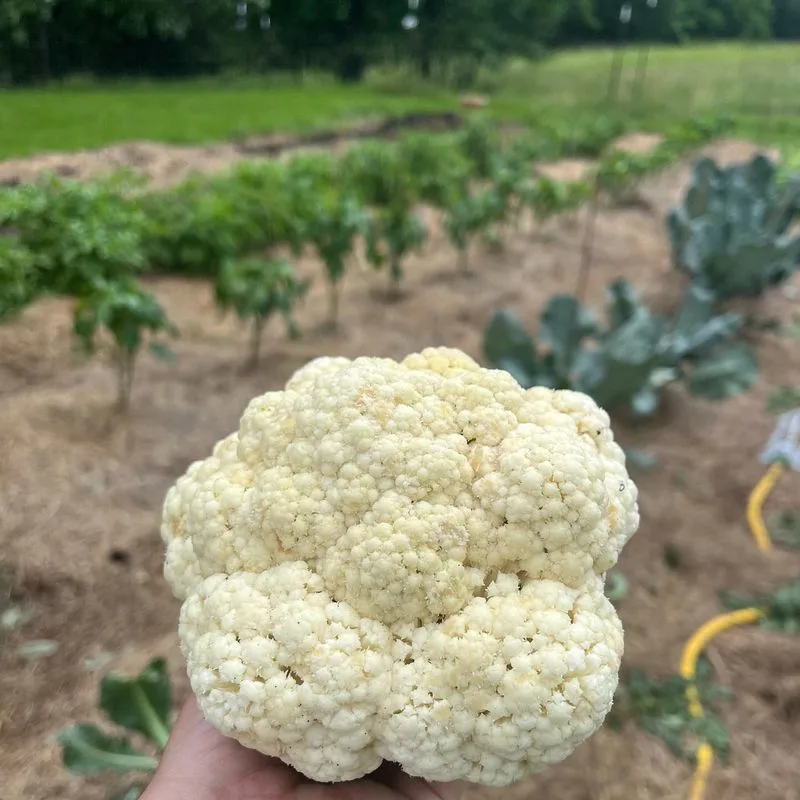
Cauliflower’s sensitivity to heat makes fall the preferred planting season. Spring’s unpredictable warmth can cause it to bolt, leading to undersized heads. With fall’s consistent temperatures, cauliflower grows to its full potential, developing large, tender heads. This timing not only improves size and flavor but also enhances its nutritional content. Originating from the Mediterranean, cauliflower was once limited to the tables of the elite. Its versatility has since made it a staple in diverse culinary traditions worldwide.
Onions
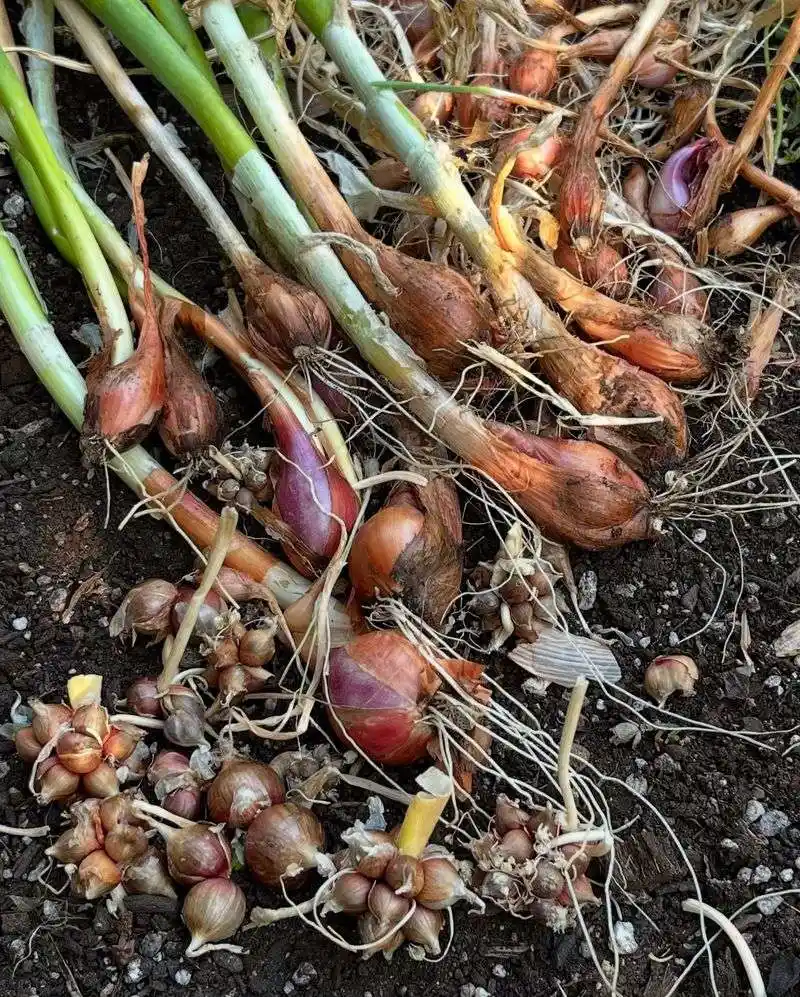
Onions planted in the fall benefit from a long growing season, resulting in larger, more flavorful bulbs. The cooler months allow onions to establish strong roots before the spring rush. This strategic timing leads to a robust crop, reducing the likelihood of disease and pests. Onions, a kitchen staple, have been cultivated for thousands of years, with ancient texts praising their health benefits and culinary versatility. Embrace the fall planting approach to maximize their potential in your garden.
Kale
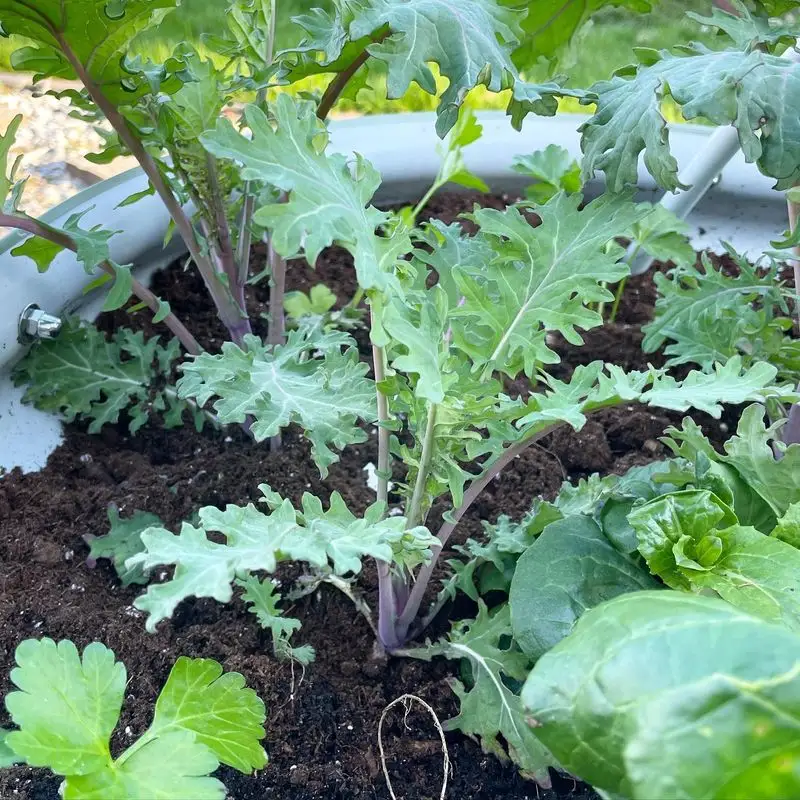
Kale boasts resilience in cooler temperatures, making it more suited for fall planting. Unlike its fickle spring counterpart, fall-planted kale thrives with a richer flavor. Its robust leafy greens remain vibrant through early winter, providing an extended harvest.
The crisp, cold air enhances its sweetness, transforming it into a garden favorite. Harvesting kale during the chillier months ensures tender leaves and a bountiful supply.
Did you know? Kale’s popularity surged during World War II’s “Dig for Victory” campaign, encouraging homegrown produce. This historical tidbit adds charm to its gardening allure.
Radishes
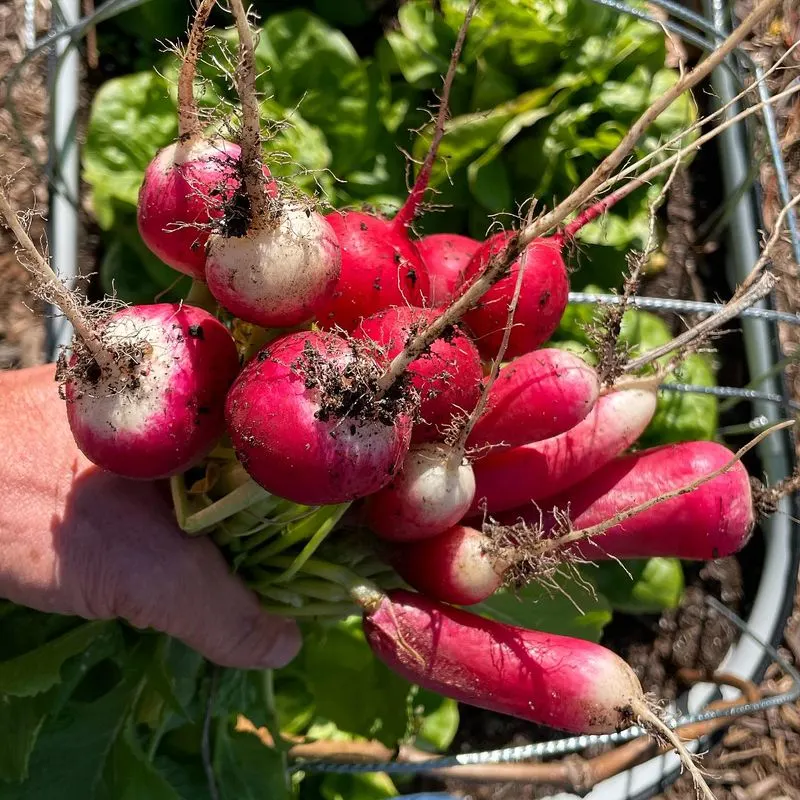
Radishes are quick to mature, making fall the ideal season for planting. The cooler climate reduces the risk of pests and bolting, common springtime woes. With their crisp texture and spicy bite, radishes are a versatile addition to salads.
Planting in autumn ensures a rapid turnaround, perfect for impatient gardeners. The root vegetable’s radiant reds and pinks add a splash of color to any garden bed.
Radishes have been cultivated since ancient Egypt, symbolizing endurance and hardiness—traits they continue to uphold in modern gardens.
Collard Greens
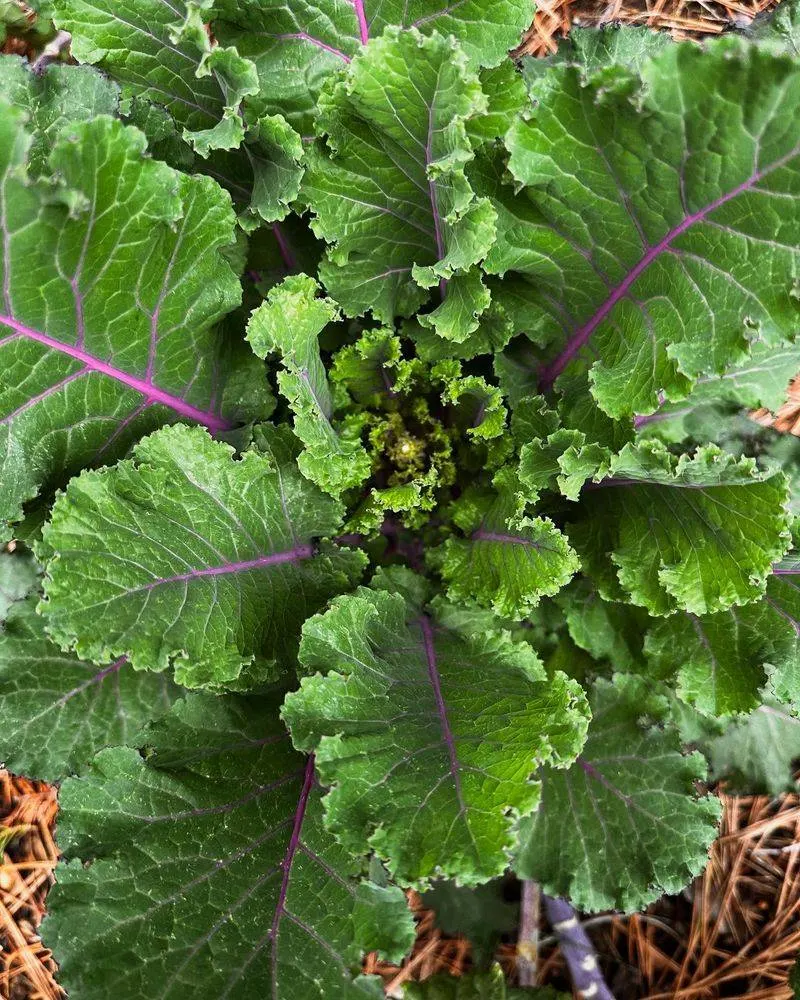
Collard greens are a Southern favorite that flourish when planted in the fall. The cooler temperatures allow them to develop a richer, earthier taste, enhancing traditional recipes.
These hardy greens are less prone to pests and diseases during autumn, leading to healthier plants and more fruitful harvests. As the days grow shorter, collard greens offer continued growth and vitality.
Intriguingly, collard greens were a staple in ancient Roman diets, showcasing their long-standing role in culinary history. They remain a testament to enduring garden traditions.
Turnips
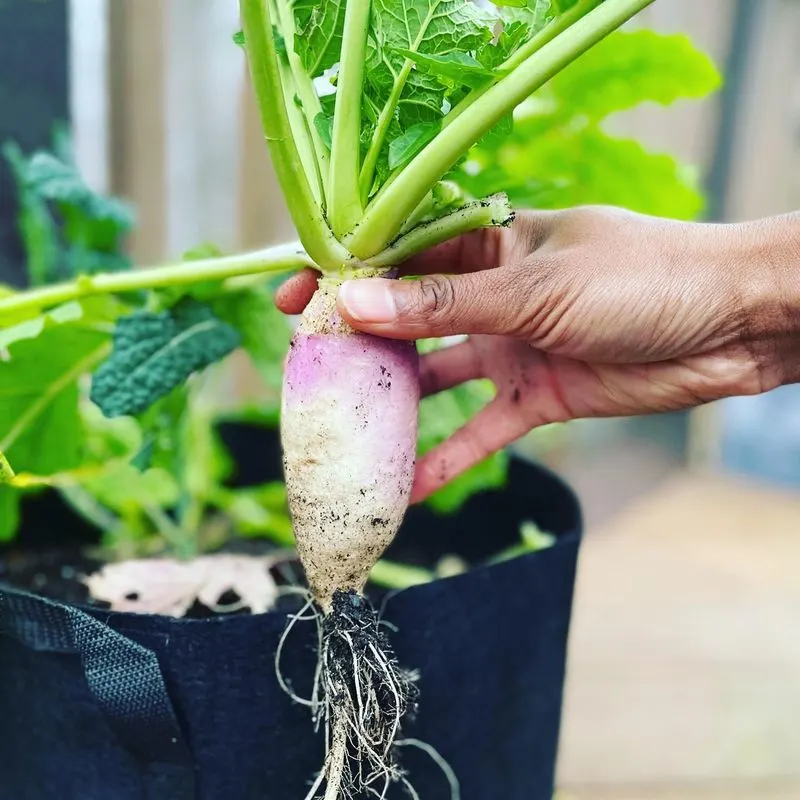
Turnips planted in fall develop a delightful sweetness as they mature. The root vegetable thrives in cooler climates, avoiding the bitterness often experienced in spring plantings.
Their adaptability to cold weather makes them a reliable crop for late-season harvests. Whether roasted, mashed, or in stews, turnips add depth to any dish.
Fun fact: Turnips were carved into lanterns long before pumpkins became the Halloween standard, a tradition that hails from Ireland and Scotland. Their historical significance adds a festive touch to fall gardening.
Beets
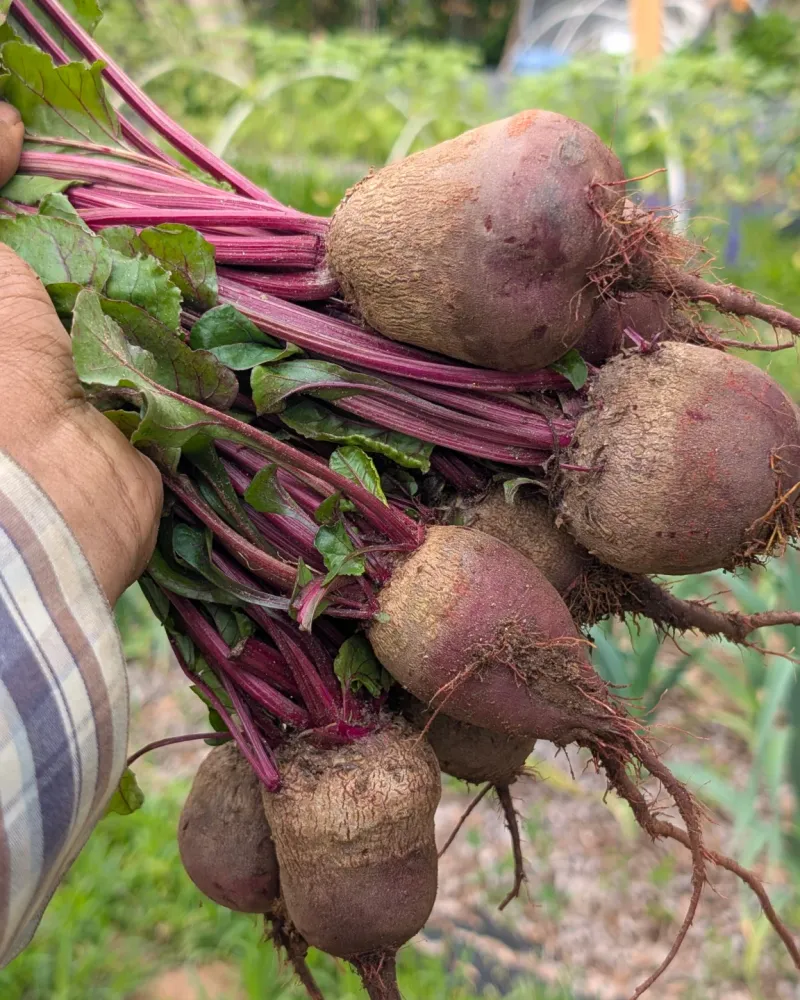
Beets are a nutritious powerhouse, ideally planted in the fall. The cooler soil encourages better bulb formation, resulting in a sweeter, more intense flavor.
Autumn-planted beets have fewer pest issues, ensuring a healthier crop. Their vibrant colors and earthy taste make them a staple in hearty fall and winter dishes.
Did you know? Ancient civilizations valued beets not only for their taste but also for their medicinal properties, using them as natural remedies. This historical note highlights their dual role in culinary and health traditions.

